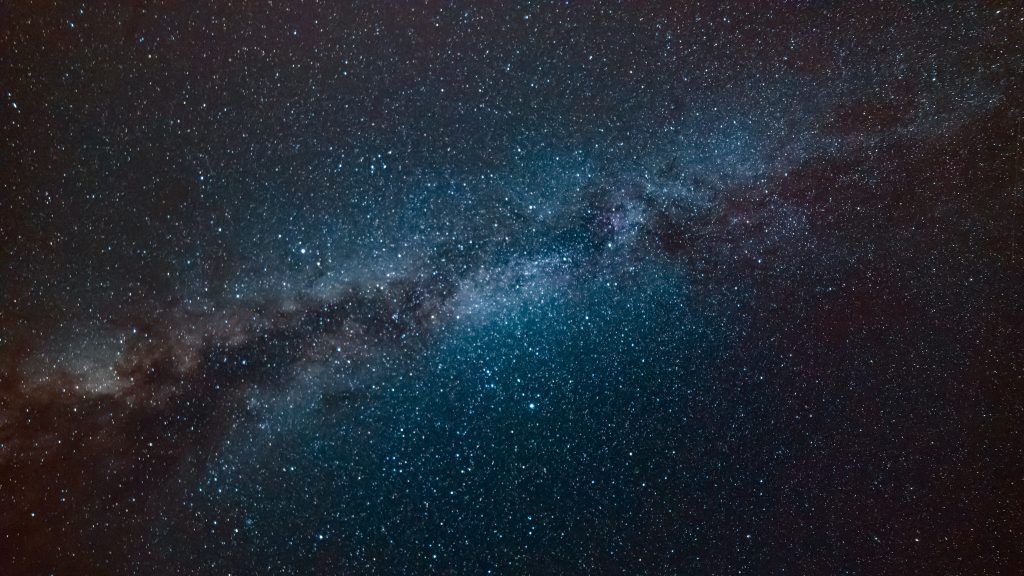Unprecedented Study Doubles Universe Age Estimation to 26.7 Billion Years.

Quick Summary:
- A groundbreaking study claims the universe might be 26.7 billion years old, almost twice the current estimate.
- This research could resolve the paradox of older stars and early mature galaxies that confounded the previous cosmological model.
- The redshift reinterpretation, evolving “coupling constants,” and cosmological constant modification all play key roles in this new theory.
- Published in the Monthly Notices of the Royal Astronomical Society, the study could reshape our understanding of cosmic evolution.
A Radical New Model
Emerging research is challenging the widely accepted cosmological model, suggesting our universe could be nearly twice as old as previously estimated. Rajendra Gupta, adjunct professor of physics at the University of Ottawa, presents a novel model extending galaxy formation time by several billion years, hence re-evaluating the universe’s age to 26.7 billion years from the current 13.7 billion years.
The “Impossible Early Galaxy” Conundrum
Until recently, the universe’s age was deduced from Big Bang chronology and the oldest star studies based on distant galaxies’ redshift. This Lambda-CDM concordance model pegged the universe’s age at approximately 13.797 billion years in 2021. However, it has struggled to explain anomalies like the Methuselah star, seemingly older than the universe itself, or early galaxies with an unexpected level of maturity and mass, made observable by the James Webb Space Telescope.
Reconciling Redshift with Expansion
Gupta draws on Zwicky’s ‘tired light theory,’ which attributed redshift to photon energy loss across cosmic distances. Although previously conflicting with observational evidence, Gupta reconciles this theory with the universe’s expansion, allowing redshift to be interpreted as a hybrid phenomenon rather than purely an expansion effect.
Evolution of Coupling Constants
Gupta extends his theory by incorporating Paul Dirac’s concept of “coupling constants” evolution—fundamental constants dictating particle interactions. By permitting these constants’ evolution, Gupta extends early galaxies’ formation timeframe from several hundred million years to multiple billion years, providing a plausible explanation for the early galaxies’ advanced development and mass.
Revising the Cosmological Constant
The traditional interpretation of the “cosmological constant”—the dark energy driving the universe’s accelerated expansion—also undergoes revision in Gupta’s model. Instead, Gupta proposes a constant that reflects the coupling constants’ evolution. This refined cosmological model could solve the small galaxy size riddle observed in the early universe, leading to more accurate observations.
More Information
For more details, refer to R Gupta’s research titled “JWST early Universe observations and ΛCDM cosmology” published in the Monthly Notices of the Royal Astronomical Society (2023). DOI: 10.1093/mnras/stad2032
Journal Information: Monthly Notices of the Royal Astronomical Society
Works Cited:
- Rizk, Bernard. “New research puts age of universe at 26.7 billion years, nearly twice as old as previously believed.” Phys.org, July 13, 2023.

